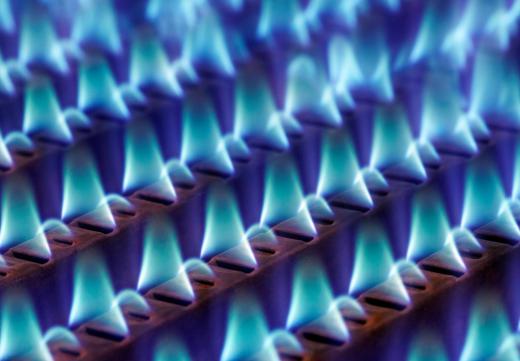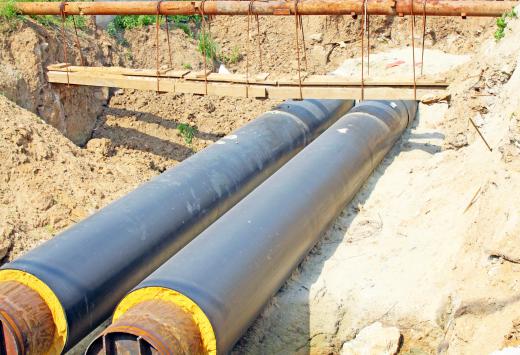A gas compressor reduces gas volume by mechanically increasing the pressure surrounding it. This process concurrently increases the temperature of the gas. Gas compressors are used in a wide variety of residential, industrial, and commercial operations on a daily basis. These include moving natural gas through pipes to homes and businesses, transporting heat in refrigeration systems, compressing intake air in gas turbines, and supplying compressed air for vehicular air brakes. Gas compressors are also used to store small volumes of purified gas, to pressurize cabins on aircraft, and to safely store air on submarines.
Based on their various uses in different environments, gas compressors are available in a variety of designs. Seven of the most common designs are centrifugal, diagonal or mixed-flow, axial-flow, reciprocating, rotary screw, scroll, and diaphragm. Other gas compressor designs are available for more specialized applications.

Centrifugal gas compressors are mainly used for continuous service required by oil refineries, chemical plants, and natural gas processing plants. They are also commonly used in ski resorts to make artificial snow. A diagonal or mixed-flow gas compressor is similar to the centrifugal type, but with a smaller diameter diffuser. Axial-flow designs increasingly compress the gas flow with rotating blades that resemble a fan, and are most commonly found in medium to large gas turbine engines.

A reciprocating gas compressor is driven by pistons powered by a crankshaft. They are mainly used in automotive applications and are used sporadically. Once commonly used for large industrial applications, they are quickly being replaced by smaller, quieter, more cost-efficient compressors.
For commercial and industrial applications that require continuous operation, rotary screw gas compressors are a common choice. Power air tools used by road crews use rotary screw compressors. These compressors are also popular for car engine superchargers as they can easily be calibrated to match the induction capacity of piston engines.

Also known as a scroll pump or scroll vacuum pump, scroll compressors are commonly used to compress both liquids and gases. They utilize two intertwined spiral vanes. Scroll compressors are often preferred for their quiet operation and high reliability.
Diaphragm gas compressors, also known as membrane compressors, are variations of the more common reciprocating compressors. Instead of using an intake element for compression, the diaphragm gas compressor uses a flexible membrane or diaphragm. These types of gas compressors are commonly used for operations using hydrogen and compressed natural gas (CNG).
